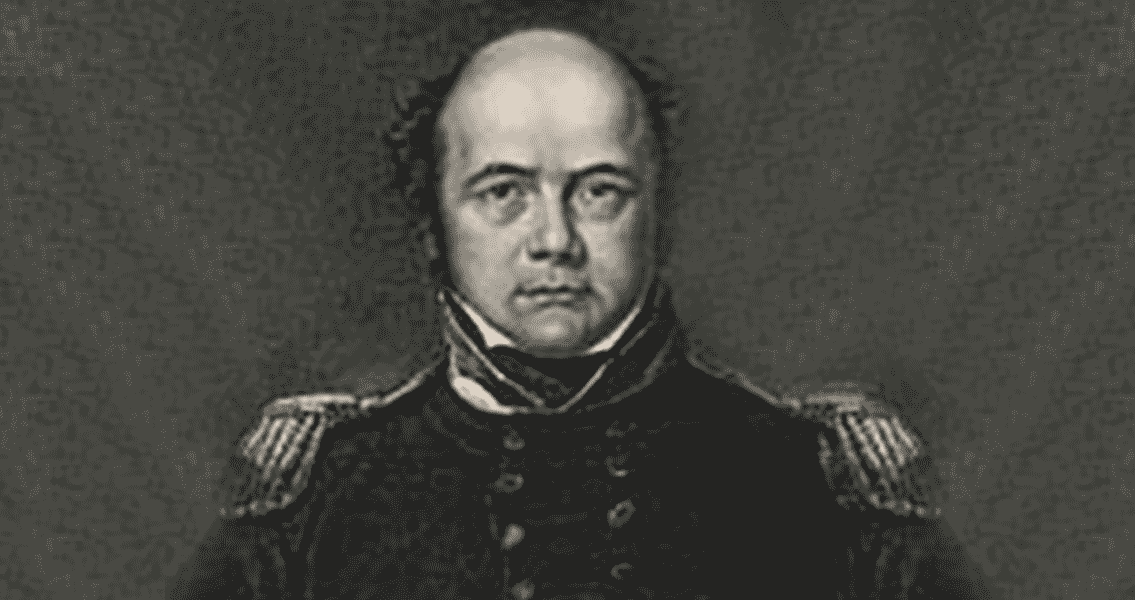<![CDATA[The Northwest Passage was sought for centuries as a possible trade route between the Atlantic and Pacific Oceans. An expedition led by Sir John Franklin embarked in 1845 to find the route in the previously unexplored 500 km of Arctic mainland coast. The two-ship voyage was seen by whalers entering Lancaster Sound in July of that year, but has never been seen again. Inuit testimony from the 1850s claims that Franklin died in 1847 and the crew had resorted to cannibalism after they became trapped in the ice. Franklin's fate has become a mystery, given that both ships were lavishly equipped with enough supplies to last three years and steam-driven propellers to help them break through ice. A team led by marine archaeologist Ryan Harris trawled more than 1600 sq km of seabed in an attempt to find the lost ships. After more than four years, they discovered one of the ships in September. "This story is so embedded in Canadian culture, the task was irresistible," Harris said in an interview with The Guardian, "It wasn’t an obsession, however, just a matter of persevering.” Harris is also emphatic that the ship is one of Franklin's, "From plans provided by the National Maritime Museum in Greenwich, we can tell – from the wreck’s length and breadth, and [the] positions of its main hatch and masts – that it is Erebus.” (Erebus was one of the ships on the voyage) Since discovering this ship, the project has entered a new stage. This week, Harris has announced plans to explore the ship further to gain clues about what happened. Dives to ascertain the condition of the wreck have already confirmed it is in a good state of preservation. The cold and darkness of the Arctic waters cause biological and chemical processes to slow drastically, meaning many artefacts could have been preserved. “We stand to find almost anything inside the wreck," Harris said, "leather, textiles – even paper and documents are a distinct possibility. [Documents] might tell us exactly what happened to the expedition.” Exploring the wreck will be difficult in the freezing Arctic waters, with only a few short weeks of good diving conditions a year. Accessing tight spaces within the ship will be particularly strenuous for divers. "We are always at the mercy of the elements, the weather and ice. So hopefully if those conditions cooperate we will be able to get a lot of work done." Harris told an interview with Canadian Geographic. Harris has not ruled out the possibility of raising the ship from the depths, although he remains cautious. "It is one thing to raise a ship like the Mary Rose in English waters. This is the Arctic and the site is covered in ice for most of the year. We have only a few weeks access a year." Future explorations of the wreck could yield fruitful information about the expedition and help us to understand what happened on Franklin's fateful voyage. It is even possible that Franklin's body might be discovered. “He could be on board in a casket in the hold." Harris said, "that is certainly something we will be looking for."]]>
Exploration of John Franklin's Final Voyage Enters New Phase
